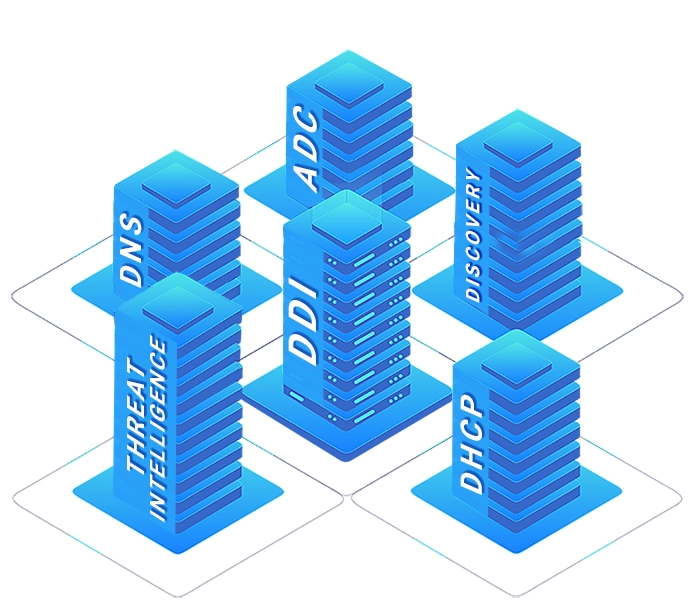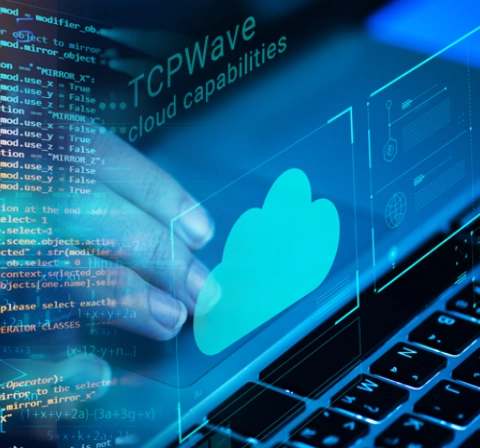When extending data centers into the
cloud, tasks such as network provisioning and DNS record management
are made easier by utilizing the cloud provider's model. However,
keeping up with the rapid demand and pace of DNS record updates can
be challenging for DNS administrators. Additionally, managing DNS
records in multiple Virtual Private Clouds (VPCs), such as those
offered by Amazon's AWS, Google, and Microsoft's Azure, can become
complicated when attempting to update a central DNS database. As
organizations expand their data centers into multiple clouds, the
demand for resources in the compute, network, and storage spaces can
increase exponentially. Traditional IPAMs are often unable to manage
these DNS challenges in the cloud. TCPWave bridges this gap and
resolves the challenges enterprises face when adopting cloud
technology. The TCPWave DDI solution is a comprehensive DNS, DHCP, and
IP address management solution that can be hosted either on-premises
or in the cloud. When hosted in the cloud, TCPWave DDI offers several
cloud-specific features that make it a popular choice among
organizations looking for a reliable and scalable DNS solution. With
TCPWave's cloud capabilities, organizations can quickly deploy and
configure new services without the need for physical infrastructure,
reducing the time-to-market and increasing agility.



















 TCPWave's Cloud
Capabilities have exceeded our expectations, and we would
highly recommend them to anyone looking for a robust and
scalable DNS solution. We can easily manage the DNS records,
monitor network performance, and troubleshoot issues in
real-time from a single intuitive interface.
TCPWave's Cloud
Capabilities have exceeded our expectations, and we would
highly recommend them to anyone looking for a robust and
scalable DNS solution. We can easily manage the DNS records,
monitor network performance, and troubleshoot issues in
real-time from a single intuitive interface.


